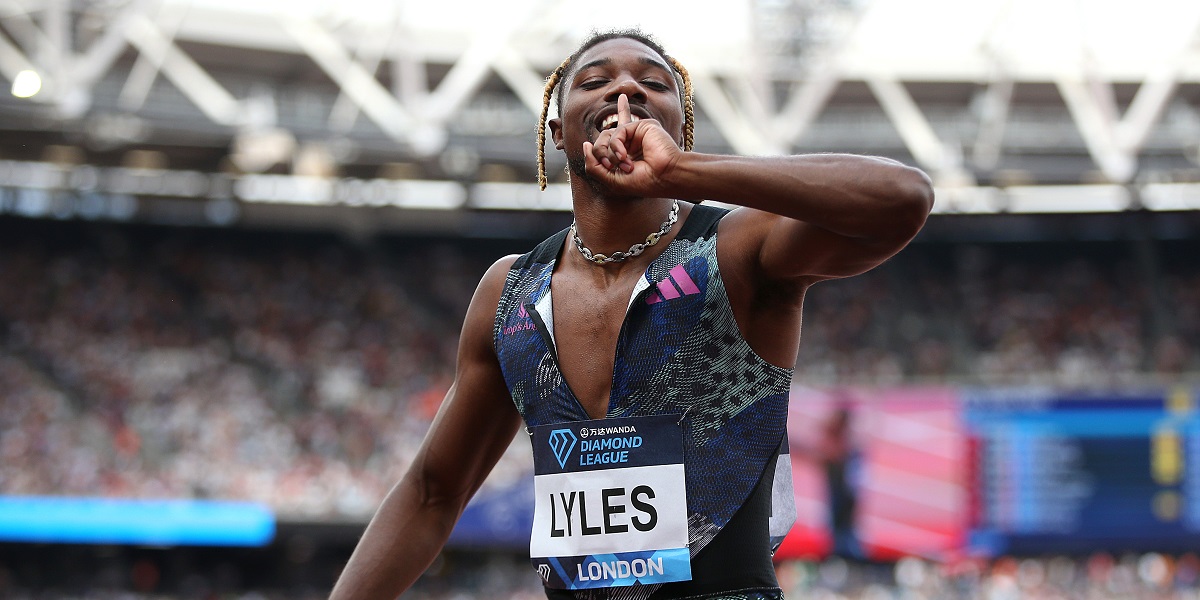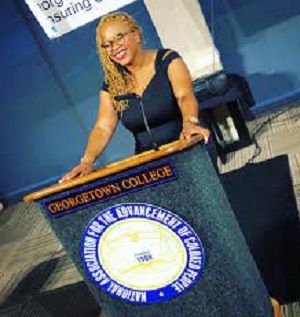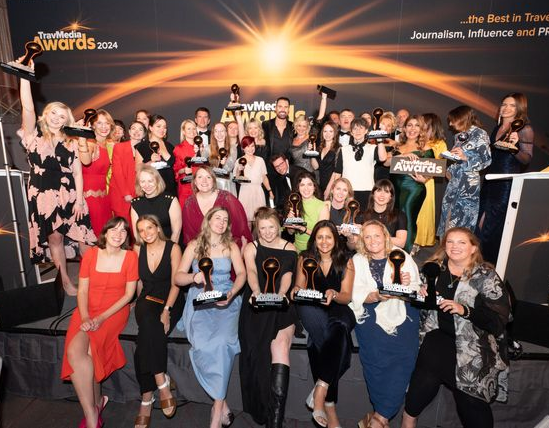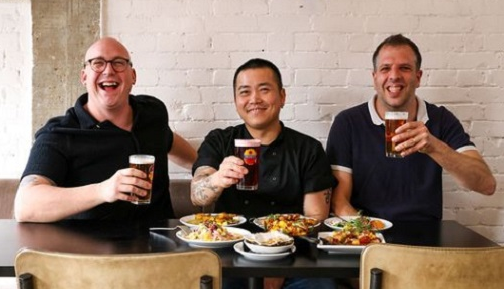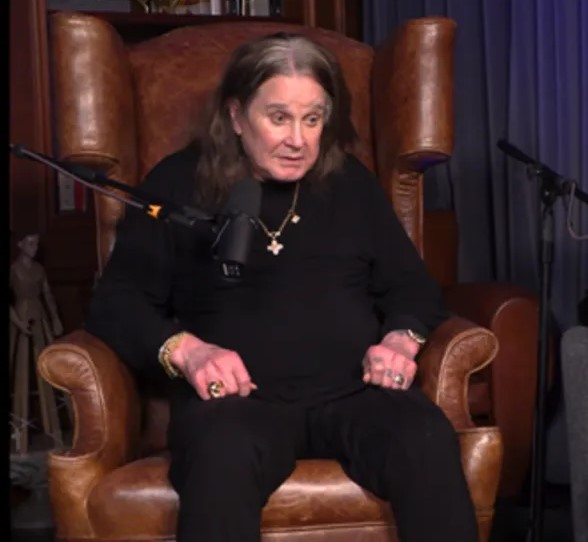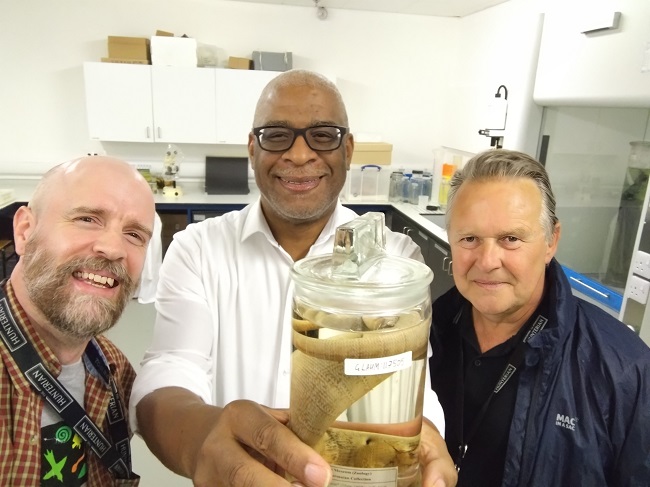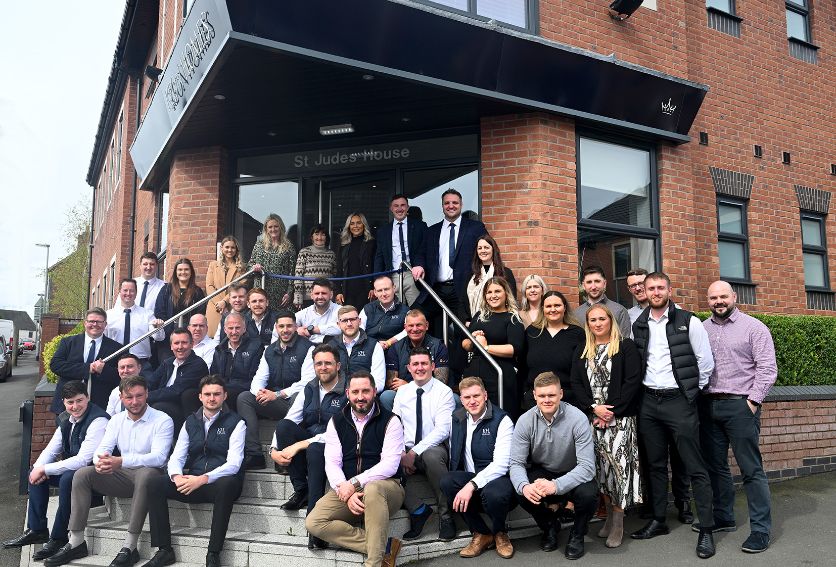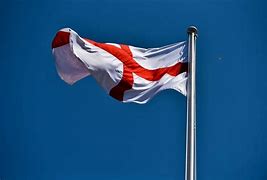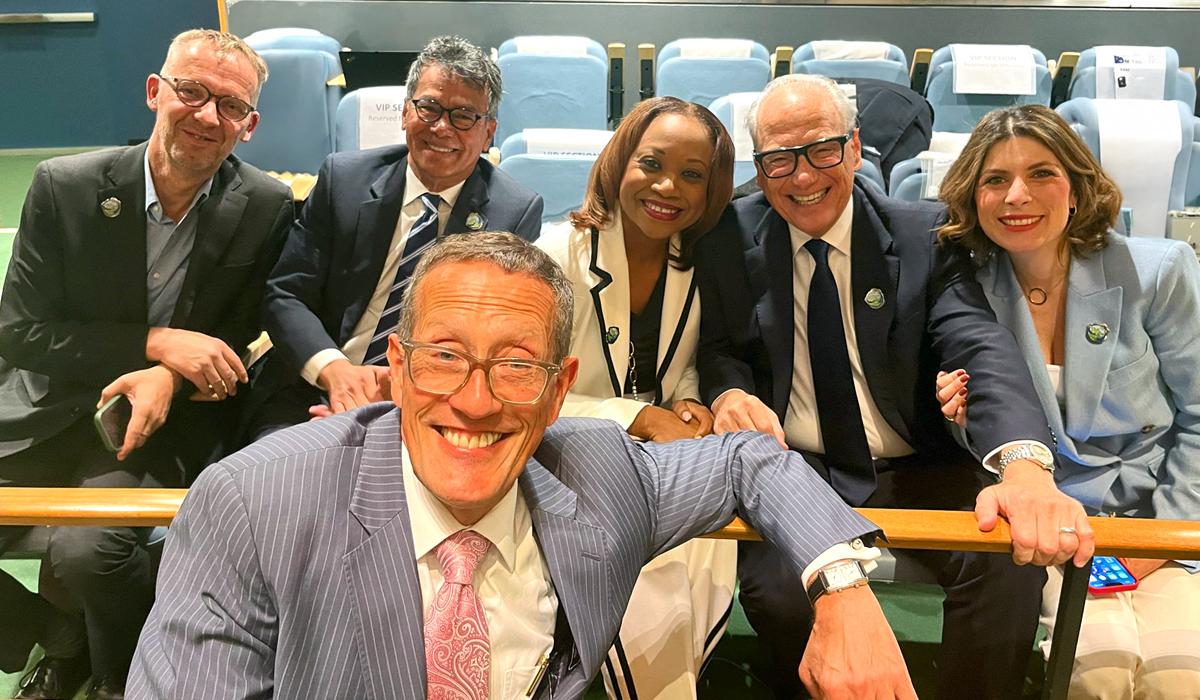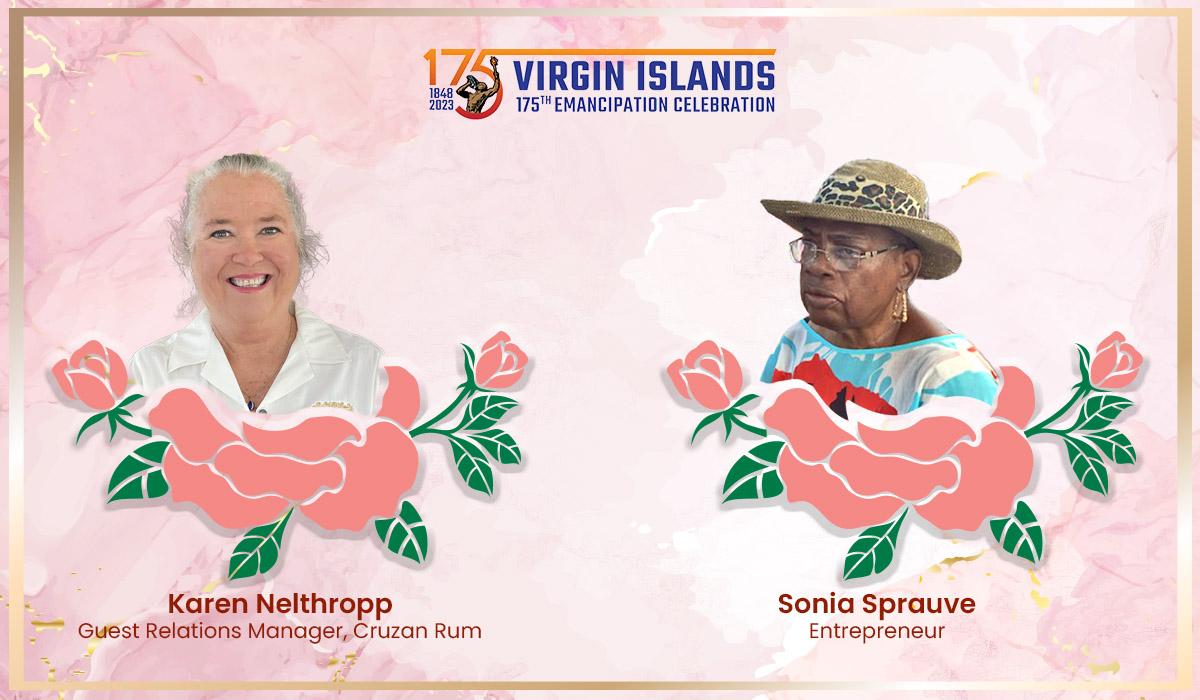When Crystal deGregory was growing up in the Bahamas in the 1990s, she learned about Fisk University, a historically Bllack university in Tennessee, from her math teacher and other professionals. deGregory holds a bachelor’s degree from Fisk University, master’s and doctoral degrees from Vanderbilt University and a master’s from Tennessee State University.
Fisk is one of 101 schools the U.S. Department of Education recognizes as HBCUs. These schools were established before 1964 primarily to educate African Americans and are accredited by a nationally recognized organization. The Higher Education Act of 1965 coined the term “HBCU” and expanded federal funding for the schools.
Students of all races can attend HBCUs, and not all HBCUs are predominantly Black. Nearly 300,000 students attend HBCUs.
While they enrol 10 percent of all African American college students, HBCUs churn out almost 20 percent of African American graduates and 32 percent of African American STEM graduates (science, technology, engineering and math), according to the United Negro College Fund, a philanthropic organization.
The first HBCUs — Wilberforce University in Ohio, Cheyney University of Pennsylvania and Lincoln University also in Pennsylvania — were established in the North before the U.S. Civil War, when discrimination blocked Black students from traditionally white schools. These HBCUs trained Black teachers, ministers and tradespeople.
“Each institution is unique and is an important part of this country’s educational fabric,” U.S. Education Secretary Betsy DeVos said in a statement.
With their large endowments and active alumni, the most well-known HBCUs are Howard University in Washington, Spelman College, an all-women’s college in Georgia; Morehouse College, an all-men’s college near Spelman; and Hampton University in Virginia. They and the other HBCUs have long graduated alumni who become renowned.
Civil rights hero Diane Nash was studying at Fisk when she organized the Freedom Rides, which pulled students and alumni from other HBCUs, including future U.S. Representative John Lewis from American Baptist College and Margaret Winonah Beamer Myers (a white student) from Central State University. Their activism helped desegregate interstate bus facilities.
Bayard Rustin, a Wilberforce and Cheyney alumnus, helped organize the Montgomery Bus Boycott and the March on Washington at which Martin Luther King Jr., a Morehouse College graduate, delivered his “I Have A Dream” speech.
In 1954, Howard University law graduate Thurgood Marshall and a team of other attorneys ended segregation in public education by winning the landmark Brown v. Board of Education of Topeka, Kansas, lawsuit at the U.S. Supreme Court. (Marshall became a Supreme Court justice in 1967).
Recently, several HBCU-educated attorneys have begun preparing cases against indicted killers of Black people. For instance, L. Chris Stewart (Xavier University and Howard University School of Law) represents Rayshard Brooks’ family in Georgia. (Brooks, a 27-year-old Black man, was shot and killed by an Atlanta police officer on June 12. The officer was fired and charged with murder).
Texas Southern University, another HBCU, reserved a full scholarship for George Floyd’s 6-year-old daughter when she’s college-aged. (Floyd, a 46-year-old Black man, was killed by police during a May 25 arrest in Minneapolis. The officers were fired and charged with murder or other felonies).
In 1999, deGregory became the first in her family to enrol in a university. Jones, the recruiter (now associate provost at Howard University), helped her win a partial scholarship to Fisk.



